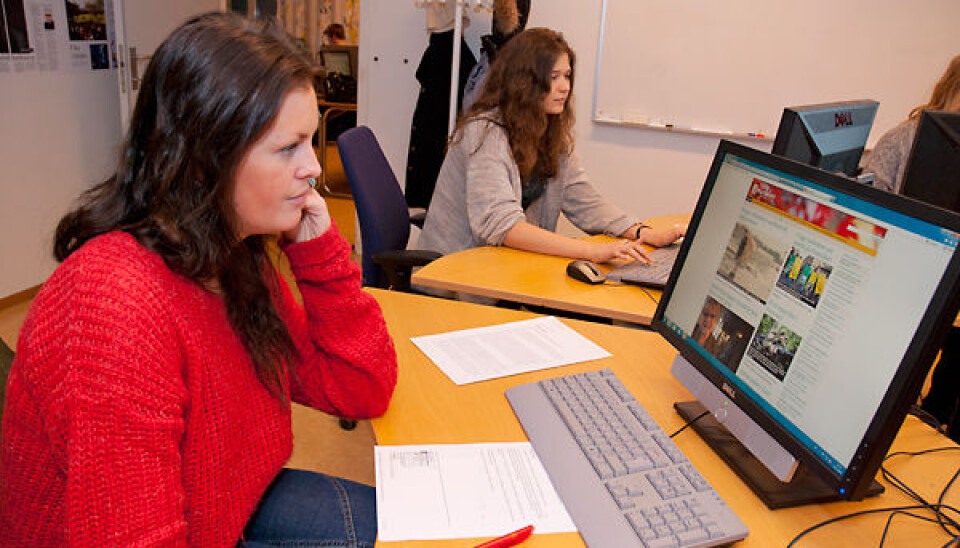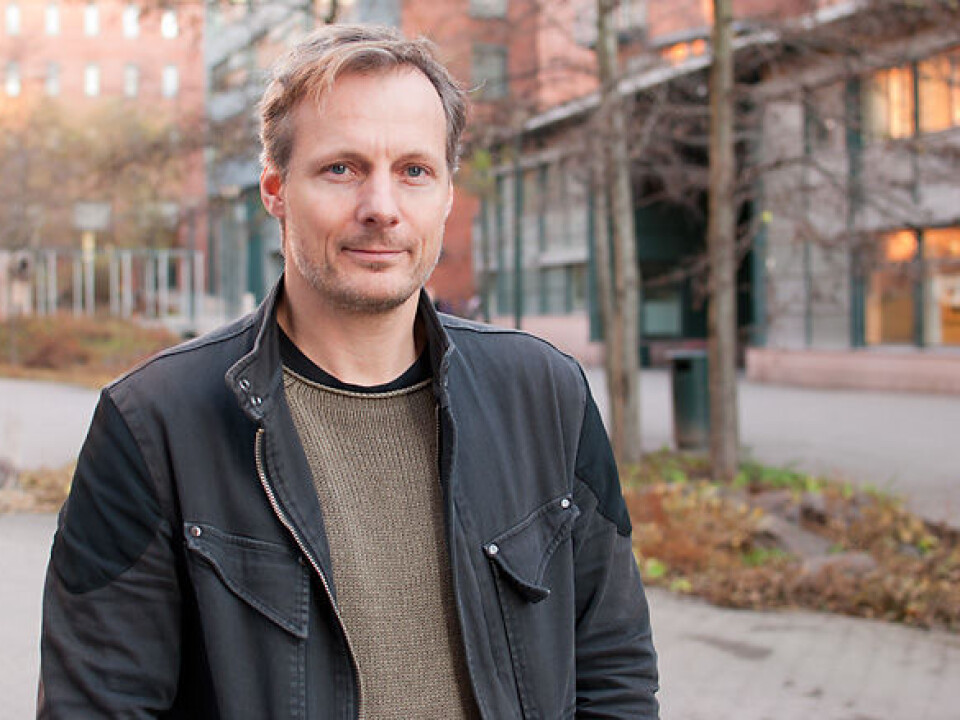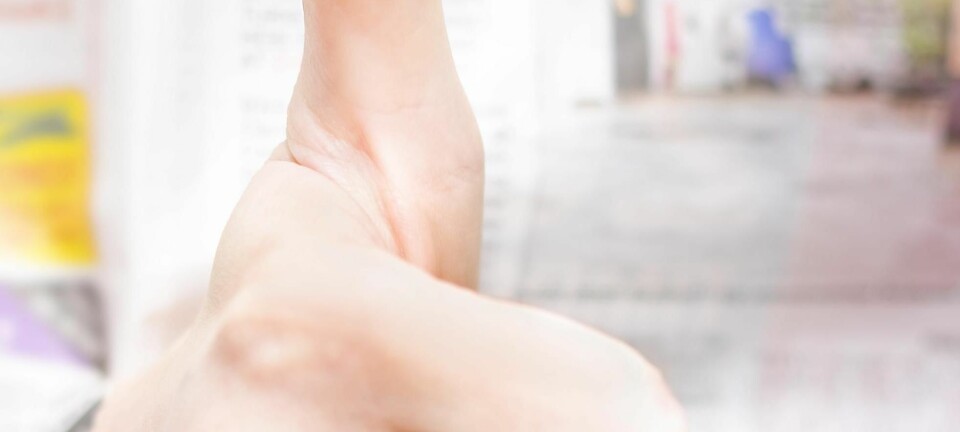This article was produced and financed by Oslo Metropolitan University

Social media changes the role of the journalist
Professional ethics and source criticism are more important than ever for journalists, who are expected to master far more tools and platforms than before.
Denne artikkelen er over ti år gammel og kan inneholde utdatert informasjon.
When terror struck Norway on 22 July, Twitter beat all the Norwegian media channels when it came to news updates; in some cases by as much as 17 minutes.
“More than ever before, it is important for journalists to have a sound code of ethics to work by. That is what distinguishes journalists from all the others who express opinions on the internet,” says Steensen, who teaches journalism at Oslo and Akershus University College of Applied Sciences (HiOA).
“Today, newly-qualified newspaper journalists are expected to master far more tools and platforms than before. A journalist must be able to publish online and preferably be able to take videos for both TV and online media. The role of the journalist has been expanded in a multimedia and technological direction. It is therefore vital not to lose sight of what lies at the core of journalism."
Presents ethical challenges
New situations have arisen in social media which also affect professional ethics.

“When a journalist expresses an opinion on Twitter, is it a private message or is it one expressed by virtue of being a journalist? Distinctions like these are fuzzy yet vital to be consciously aware of," Steensen points out.
He mentions the coverage of the events of 22 July by journalists from VG newspaper as an example of journalists who do not understand their role in social media. When VG published pictures from the reconstruction of the shootings at Utøya, several VG journalists tweeted that the pictures were exclusive to them.
“It came across as self-praise which was made public but which ought to have been private."
More time for dialogue
According to Steensen, social media are introducing an interesting development that is influencing the role of the journalist.
“The contact which today’s journalists have with their audience has changed completely. Previously, it was more or less non-existent. Whereas previously a journalist might receive letters or telephone calls from readers after publication, nowadays many journalists have direct contact with a group of readers or an audience. And this is going on not only after a story is published, but also during the research phase," he says.
Direct contact with an audience can also be useful for finding sources, seeking out information or experiences, or getting opinions on something.
Showing more humility
Steensen describes the new role of the journalist as far more social and outward-looking. He believes it is impossible to function as a journalist today without being prepared to conduct a dialogue with the audience.
“From having a position from which they talked to their readers, today’s journalists take a more humble attitude towards their audience. Receptiveness and a capacity for dialogue are perhaps qualities that are more important for journalists than ever before," he says.
----------------------------------
Read this article in Norwegian at forskning.no































